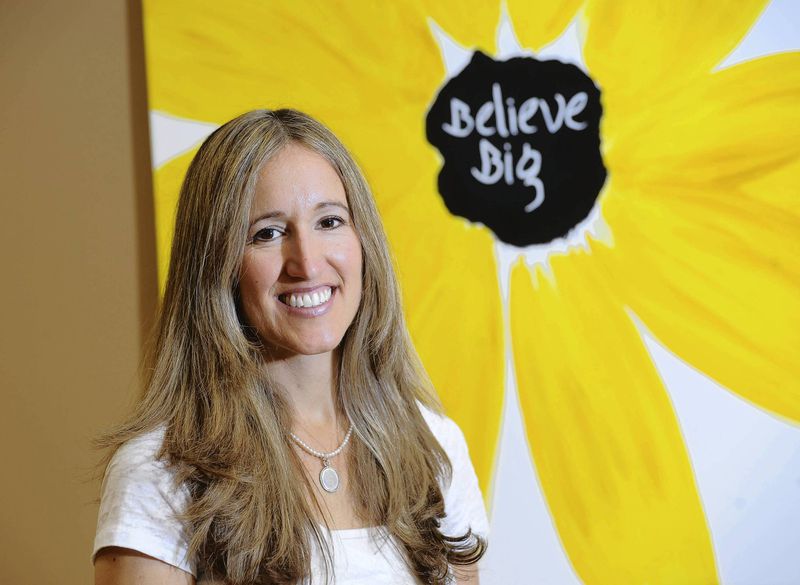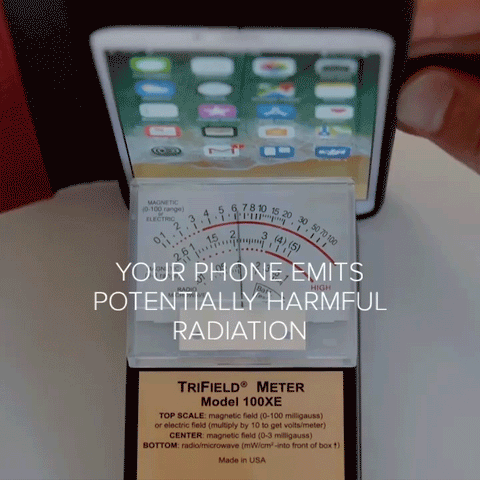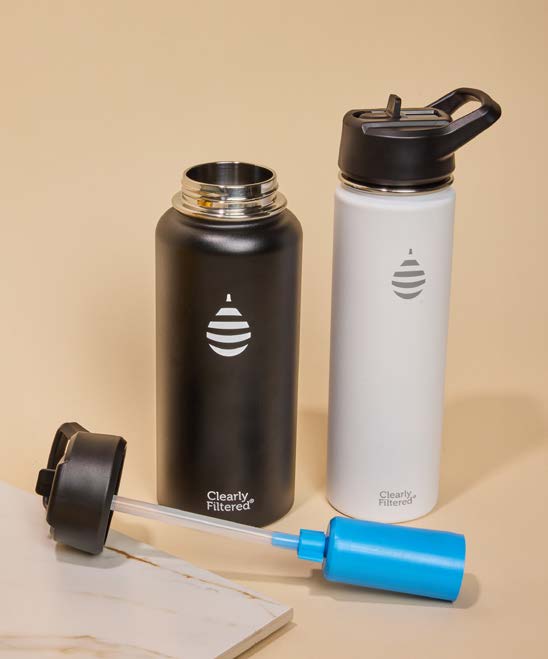Cancer survivor drives Hopkins mistletoe therapy trials

Cancer survivor drives Hopkins mistletoe therapy trials
Ivelisse Page is on a mission.
In 2011, Page launched Believe Big, a nonprofit foundation that helps cancer patients and their families through this traumatic, life-changing diagnosis. Based on her own experience as a colon cancer survivor, Page aims to educate the cancer community about the importance of combining conventional and complementary approaches to treatment.
To that end, Believe Big is the primary backer of a clinical trial of mistletoe extract, an alternative therapy Page underwent, slated to begin at Johns Hopkins Medicine’s Sidney Kimmel Comprehensive Cancer Center within the next six months.
Page attributes her current health condition to conventional surgery and complementary mistletoe extract, a therapy widely used in Europe as an alternative cancer treatment.
Through dinners, fees from walking/running events and donations, Believe Big has raised $100,000 of the $300,000 needed for the first phase of the three-phase trial, even though nonprofits don’t usually initiate clinical trials. The treatment, using mistletoe extract, is barely known in the United States.
However, her doctor, Peter Hinderberger, of the Ruscombe Mansion Community Health Center near Sinai Hospital, though, is well versed in the treatment.
Through her own research and through the recommendations of friends, Page became acquainted with Hinderberger’s work in complementary medicine.
He’s one of two physicians in Baltimore — and 50 total in the U.S. — allowed to prescribe mistletoe for certain cases. Hinderberger, now a board member of Believe Big, first learned about the treatment in the 1970s when he worked at a cancer clinic in Switzerland that specialized in alternative treatment.
Hinderberger describes mistletoe extract as the “backbone” of his cancer protocol, the specifics depending on the patient’s kind of cancer, current stage and treatment — surgery, chemotherapy or radiation.
While mistletoe is not approved by the federal Food and Drug Administration (FDA). It falls under the category of homeopathy and is paid for out-of-pocket, at a cost of $100 to $150 per month, depending on the extract intensity and number of injections.
Page, a slim, vibrant woman who runs Believe Big out of her home in Reisterstown, has had an equally improbable journey.
Five years ago, the 37-year-old mother of four, was found to have Stage 4 colon cancer that eventually spread to her liver, dropping her survival rate chances after two years to just 8 percent.
That’s why after her surgery, Page searched for an alternative to standard chemotherapy treatment.
“As I was going through this process, I saw people who were in such a hopeless state. I wanted to help them, to let them know about treatments other than the traditional ones,” said Page, who added that she is now cancer-free.
At first blush, Page was taken aback by the thought of being cured by mistletoe extract, which is sold under the brand names Iscador, Helixor and a handful of others, in liquid form in injectable vials.
“I’m like, ‘mistletoe, what’s that? That’s what I see at Christmastime,’ she said. ‘Why haven’t I been told about this before?'”
According to the institute, several trials of mistletoe have been undertaken and are under way in Europe for those countries’ official approval. In the U.S., the institute lists two mistletoe trials besides Hopkins, although the sites are not given and the results not yet published.
Still, after Hinderberger explained that mistletoe contains viscotoxin, a poisonous substance that actively and directly kills cancer cells and boosts patients’ cancer-fighting immune system via special proteins called lectins, Page became very interested. Once he added that the substance also prevents new blood-vessel formation in cancers and promotes natural cell death, she was all in.
“When I found out from my oncologist that I only had a 10 percent better chance of survival by taking chemo(therapy), I decided to burn the boats and not look back,” she said. “Why would I want to destroy everything in my body for just a 10 percent chance?”
From clinical studies and his personal experience, “mistletoe prolongs survival time and improves the quality of life,” Hinderberger said.
Page is the link between Hinderberger and Dr. Luis Diaz, an associate professor of oncology at Hopkins’ Kimmel Cancer Center, who is conducting the mistletoe trial. Diaz is also a board member of Believe Big.
“Dr. Diaz followed my progress” on mistletoe therapy, Page said. “Once I hit the one-year mark, I told him, ‘We need to make this available.’ At the three-year mark, he was willing to do the trial. He told me that being cancer-free three years after surgery is unbelievable.”
Apparently, she and the mistletoe also made a big believer of Diaz.
“She showed me research on mistletoe. I saw other patients through her who seemed to be thriving,” said Diaz, who also researched the topic. “It sounds like it’s very common in Europe, but hasn’t hit the mainstream in the U.S.”
The mistletoe trial’s three phases will take between five to eight years and involve patients with different kinds of cancers and ultimately cost in the millions. Diaz expects that once the trial begins, it will attract other funding. Weleda Group, the Swiss manufacturer of Iscador, is providing the extract free for the trial.
“At the end, if we improve outcomes, if mistletoe becomes one of the ingredients in that cocktail, we’ll be pleased,” Diaz said.
To Page, the ultimate goal of the Hopkins’ trial is FDA approval, which would make mistletoe an acceptable “standard of care.”
“As of now, mistletoe is considered alternative medicine, even though it is used all over the world,” she said, noting that she met with representatives of European mistletoe extract developers Sept. 5 and will continue to promote the treatment through Believe Big. “FDA approval would allow it to be used by cancer institutes, and that’s why we’re working through the process now with the FDA.”
original story source: https://www.baltimoresun.com/maryland/baltimore-county/ph-om-believe-big-0905-20130911-story.html





